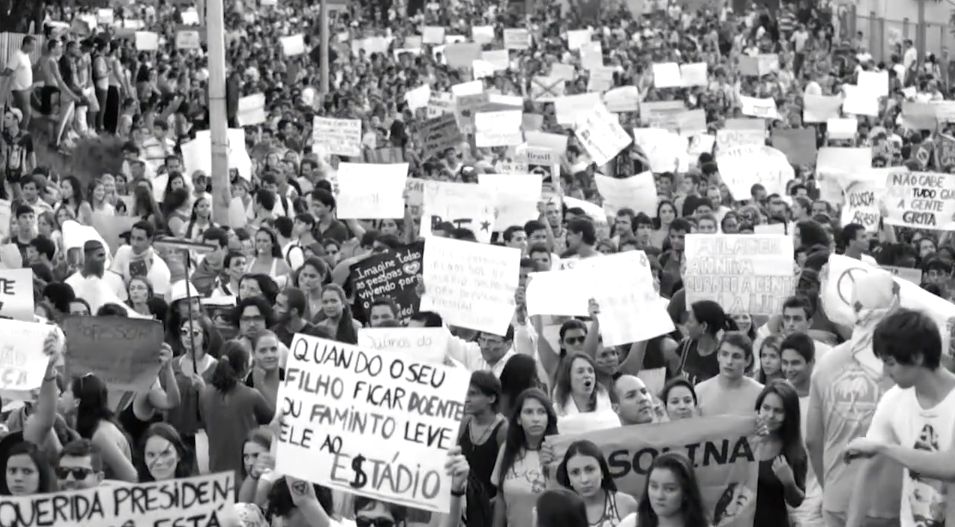World Press Freedom Day 2018

ROME, Apr 25 (IPS) - The theme for the 25th celebration of World Press Freedom Day is "Keeping Power in Check: Media, Justice and The Rule of Law," focussing on the importance of an enabling legal environment for press freedom, and gives attention to the role of an independent judiciary in ensuring legal guarantees for press freedom and prosecution of crimes against journalists.
Only 13% of the world population enjoys a free press, where coverage of politics is robust, the safety of journalists is guarateed, and state intrusion in media affairs is minimal. A partly free press to 42% of the world population. The remaining 45% lives in countries where a free press is non-existent ("New Report: Freedom of the Press 2017"). Political and economic transformations of some countries alongside their technological developments place new restrictions on press freedom.
Governments of these countries tend to implement restrictive laws and censorship on freedom of press, usually justifying these actions as a necessary tool for national security against terrorism. Apart from violating the right of freedom of expression, these restrictions place higher risks of violence, harassment and death on journalists. Since the year 2000, annual incarceration of journalists has continued to increase globally, with many of them never seeing the inside of a courtroom. In 2017, 81 journalists died whilst committed to their jobs - 66% of them were murdered. According to the 2017 World Press Freedom Index, violence and restrictions against media freedom has risen by 14% in the time period of 2012-2017. At the same time, since 2016, media freedom in countries where it was ranked as "good" decreased by 2.3%.
Among the countries that suffered the largest declines on the report's 100-point scale in 2016 were Poland (6 points), Turkey (5), Burundi (5), Hungary (4), Bolivia (4), Serbia (4), and the Democratic Republic of Congo (4).
The world's 10 worst-rated countries and territories were Azerbaijan, Crimea, Cuba, Equatorial Guinea, Eritrea, Iran, North Korea, Syria and Turkmenistan.
© Inter Press Service (2018) — All Rights Reserved. Original source: Inter Press Service
Where next?
Browse related news topics:
Read the latest news stories:
- Reclaiming Equity: Why G20 Must Center Women, Children & Adolescents in the UHC Agenda Friday, April 25, 2025
- US Plans at Restructuring May Include World Bank, IMF & UN Agencies Friday, April 25, 2025
- Kashmir Reels After Pahalgam Attack, Fear Long Term Impacts on Livelihoods Friday, April 25, 2025
- Financing for Whom? The Financing for Development Summit Must Address Social Dimensions Thursday, April 24, 2025
- The Growth of One-Person Households Thursday, April 24, 2025
- ‘Noboa Did Not Receive a Blank Cheque: He Will Have to Show Tangible Results’ Thursday, April 24, 2025
- UN Warns of an Imminent Collapse in Haiti Thursday, April 24, 2025
- This Election Campaign Offers Two Opposing Visions of How to Tackle Insecurity Thursday, April 24, 2025
- Rampant Tourism, Climate Change Threatens Varkala's Unique Geodiversity Thursday, April 24, 2025
- A Nation Bleeds While the World Watches: The Tragedy in Sudan Must End Thursday, April 24, 2025
Learn more about the related issues: